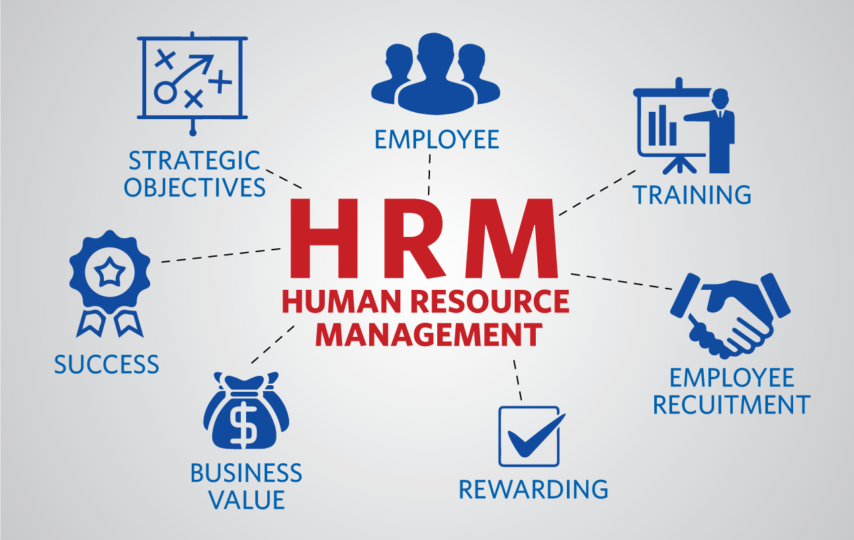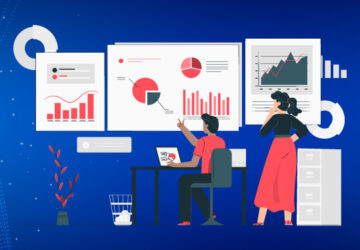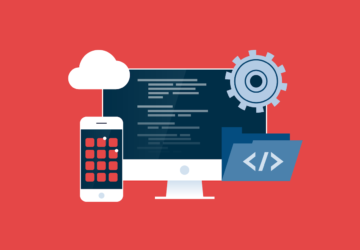Behind productive HR teams are effective human resource management systems. HRMS puts HR management at the fingertips of HR professionals, helping reshape the modern workplace and revolutionise the way teams work.
While traditional management systems help HR departments execute the job, such technologies lack in many ways. Paper-based HR slows down the routine human resource activities—from payroll processing to benefits administration, recruitment, and more.
Relying heavily on paper also creates cluttered and disorganised teams. It promotes the need for printed documents and physical storage spaces, adding up to the total HR costs.
Keep reading to find out a few good reasons to invest and deploy human resource management software.
1. Centralise Employee Records
It is not a secret that HR management solutions work under the cloud. All HR data is stored electronically in a single, online location, making it easy for organisations or users to access information whenever needed.
HRMS paves the way for digital records management, where both employees and HR professionals save time and energy. Human resource staff can focus more on valuable tasks and find employee records faster than ever.
Employees, on the other hand, can easily access their information via the self-service portal. This software feature allows employees to view their data, request changes, and submit time-off requests, among other things.
2. Reduce Paper Usage & Costs
Paperless HR translates to huge savings not only in staff time but also in money. Since everything takes place in the cloud, human resources departments can significantly reduce paper consumption and save a considerable amount of money.
Most human resource management systems have templates of HR forms that users can customise to fit the needs of their organisations. Such technology also allows HR staff to email documents, so employees can view, save, and sign or return them with ease.
In short, going digital gives businesses insights into their workforce whilst decreasing paper usage and saving energy costs.
3. Transform Data into Insights
Implementing human resource software also enables HR leaders to transform data into insights. This tool allows them to gain a comprehensive view of the workforce and connect the dots between employee engagement, talent management, business performance, and more.
HRMS handles many aspects of a company’s processes and captures employee information, giving easy access to statistical information and data trends. This functionality makes it easier for HR managers to come up with data-driven decisions.
For instance, training leads can identify and address skills gaps before they hurt productivity. Conversely, employee relations leads can recognise development milestones and track employee satisfaction, thanks to HR systems’ data analytics capabilities.
4. Boost Employee Engagement
A good HR management solution comes with ESS or an employee self-service portal. As discussed, this feature allows employees to access relevant information and conduct certain transactions from a central system.
However, this self-service technology offers more than that. ESS plays a pivotal role in empowering employees and boosting employee engagement. It gives employees a sense of belongingness as they get to take control of their data.
Through this HR software, employees can view and make changes to their personal records (i.e. employee status, pay rate, benefits allowance, etc.), which also helps reduce the amount of time spent on administrative tasks.
5. Automate Payroll Processing
Payroll processing is one of the most complicated yet essential HR functions. Companies should run a timely payroll every period while ensuring accurate deductions and taxes at the same time.
The thing is, calculating earnings from gross to net, withholding individual deductions, and issuing payments are no joke, especially when done manually. HR payroll specialists go through the timesheets and compute attendance data simultaneously.
If HR management software is in place, payroll teams can process payroll automatically. This tool automatically calculates salaries, hourly wages, and variable payments for bonuses, overtime, commissions and shift differentials whilst withholding regulatory and elective deduction.
Final Thoughts
A lot of people say the employees are the most valuable business asset. What about HR departments? This department manages the most valuable resource, so it is only natural for companies to invest in human resource management systems.








